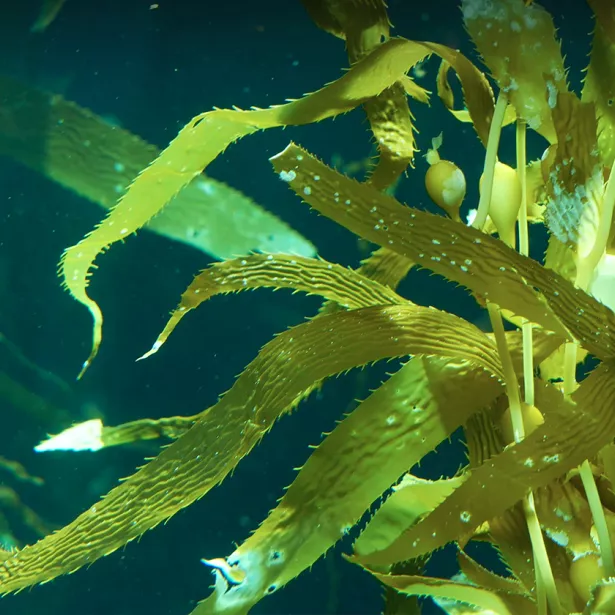The Challenge
In need of more effective resource management and to understand both the cumulative impacts of restoration activities and degree of representative sampling required to assess levels of pollutant discharge, the State of Maryland and local communities required systematic management practices that would synthesize disparate municipal data into a single source of truth.
Exponent's Multidisciplinary Solution
Working alongside the Pooled Monitoring Initiative Chesapeake Bay Trust, Exponent helped define best practices in stormwater management, and leverage an open-source tool to support resource allocation and capture progress on environmental goals through real-time insights.
Exponent's Impact
Exponent's work helped equip stakeholders with the data insights needed to protect this special ecosystem. Our team analyzed large amounts of pollutant data from monitoring in watersheds while accounting for their unique configuration and attributes. Through real-time insights and tools developed the managers, practitioners, funders, and others working to restore the Chesapeake Bay can allocate resources consistently, capturing cost savings — and environmental benefits. These efforts are empowering local residents, protecting diverse wildlife, and ultimately, helping to mitigate climate change.

